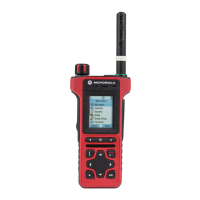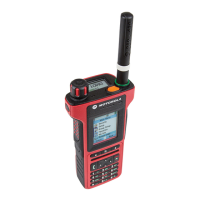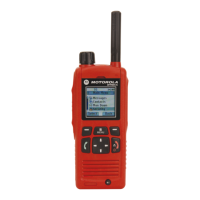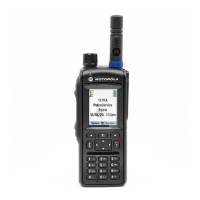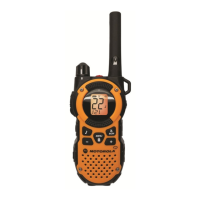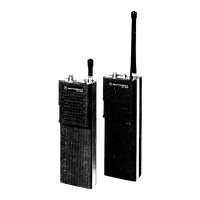You can choose only one user-activated scan list at a time. When this list is activated, the radio begins to monitor
traffic for these groups in addition to the traffic for the selected group. The radio can allow creating and editing the
scan list using MMI. Up to 40 scan lists can be defined.
If the SwMI instructs a radio to detach one of the scanned groups, the radio stops monitoring the group, but the group
remains in the scan list. Subsequent attachment of a group by the SwMI causes the radio to begin monitoring the
group again.
The SwMI may also instruct a radio to attach groups from out of the scan list. If the group attachment is accepted, the
radio monitors the group.
The radio may passively monitor the following talkgroups if they have been attached or are always attached:
• Selected talkgroup.
• ATG associated with the selected talkgroup (if this talkgroup is not set as Permanently detach).
• Talkgroups associated with the selected ATG (if this talkgroup is not set as Permanently detach).
• Talkgroups in the user-activated scan list (if scanning is enabled and the SwMI-initiated detachment has not been
performed on these groups).
• Talkgroups in the SwMI-controlled scan list (if scanning is enabled).
• Talkgroups with the class of usage set to Always Scanned (if supported).
• Supergroup of the selected talkgroup.
• Supergroups of the scanned talkgroup.
Priority Monitor
While the radio is active in a group call, it may receive a group call setup for a different group. The radio decides
whether to ignore the new call or accept it basing on the call priority. If the new call has the higher priority than the
current one, the new call may be joined and the current call is dropped.
The following priority types are applicable to calls:
• Call priority indicated in the call setup signaling.
• Priority of the group indicated by the Class of Usage (CoU) negotiated upon attachment.
If the old call and new call have different call priorities, the radio follows the call with the higher call priority. If the
calls have the same call priority, the CoU priority of the group decides.
If a radio is in a group call, but is not currently the talking party, and detects a call setup for a different group with the
same priority, it joins the call if a CoU priority is higher.
The radio can be set up not to immediately join the new higher priority call but to present the new call to the user
before joining it. If so provisioned, you are given a choice of following the new higher priority call or staying with the
present call.
The radio can be set up to treat a selected group call as a higher priority than a scan group call. This behavior occurs
regardless of the priority of the calls or the groups.
Announcement Talkgroup
The radio supports the concept of a group hierarchy. A special group, an announcement talkgroup (ATG), in addition
to being a group, logically contains up to 20 subgroups.
When you select an ATG as the selected group, the radio monitors traffic received for the announcement group as
well as the traffic received for any of the associated subgroups. However, the radio does not monitor the active scan
list groups when an announcement group is selected.
When you select one of the subgroups of the ATG, the traffic for the subgroup is monitored as well as the traffic for
its announcement group, not other subgroups though.
Each normal talkgroup may be associated with only one ATG. An ATG cannot be associated with another ATG.
Services and Features | 25
| | Send Feedback
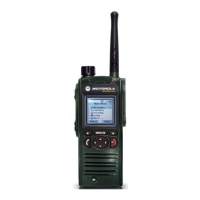
